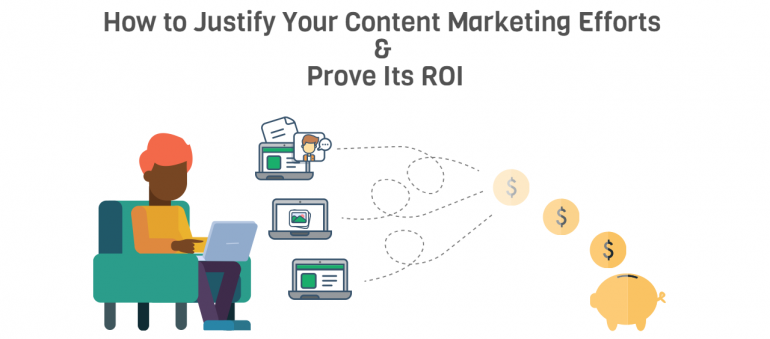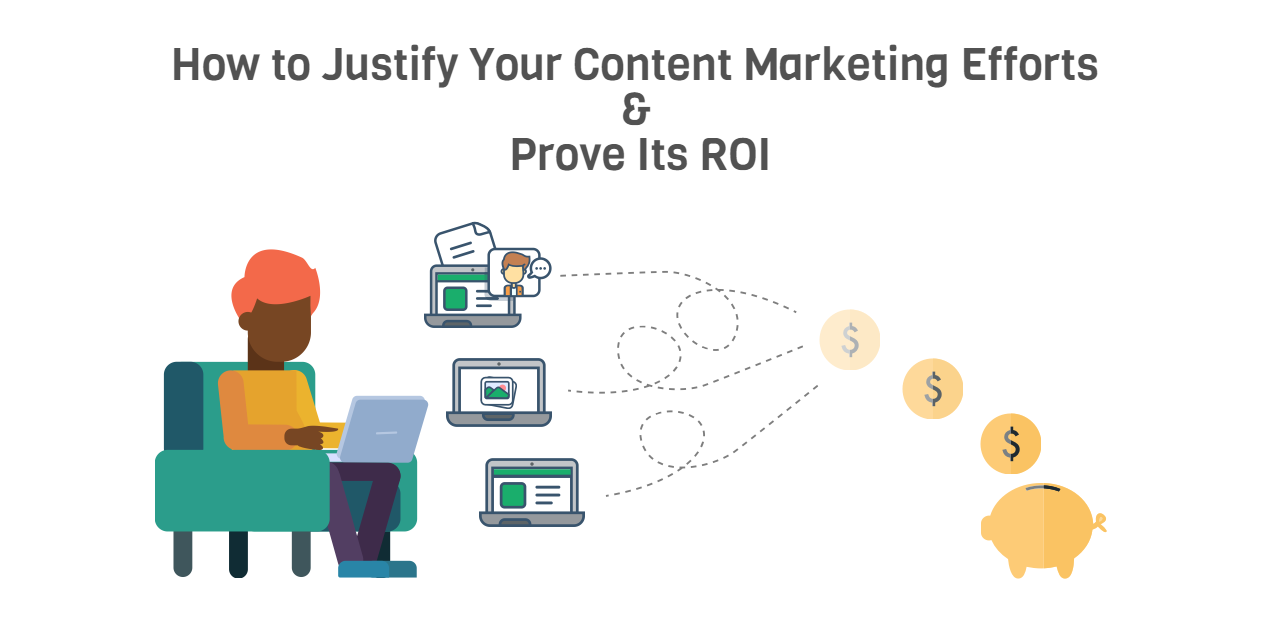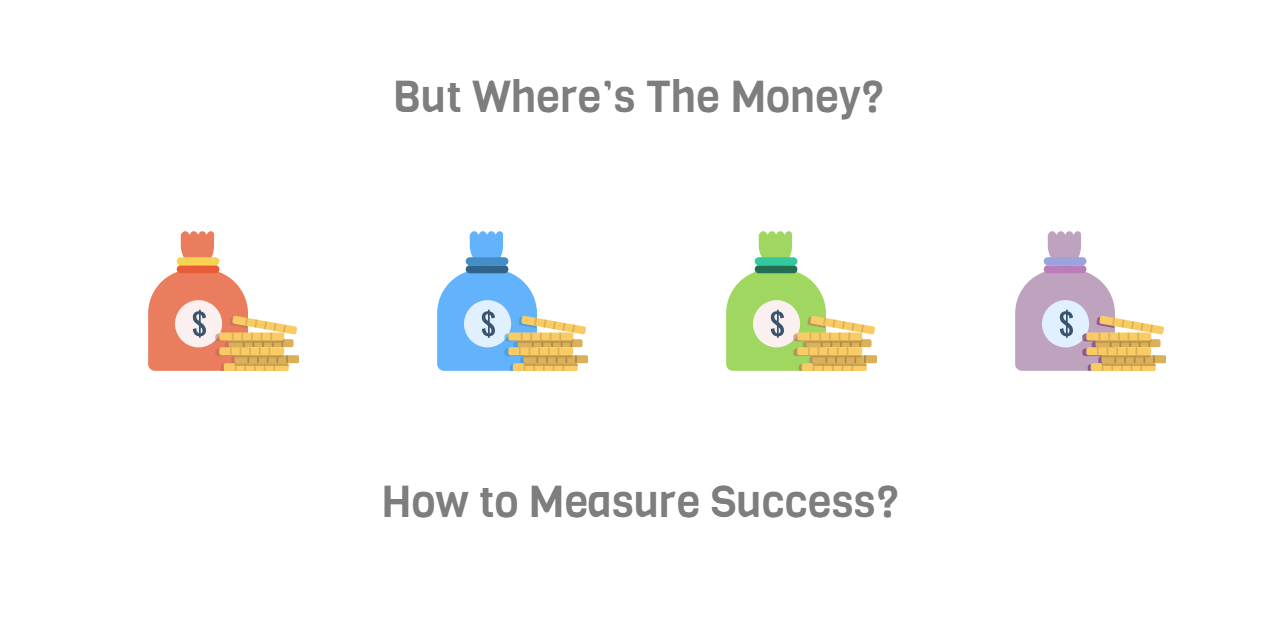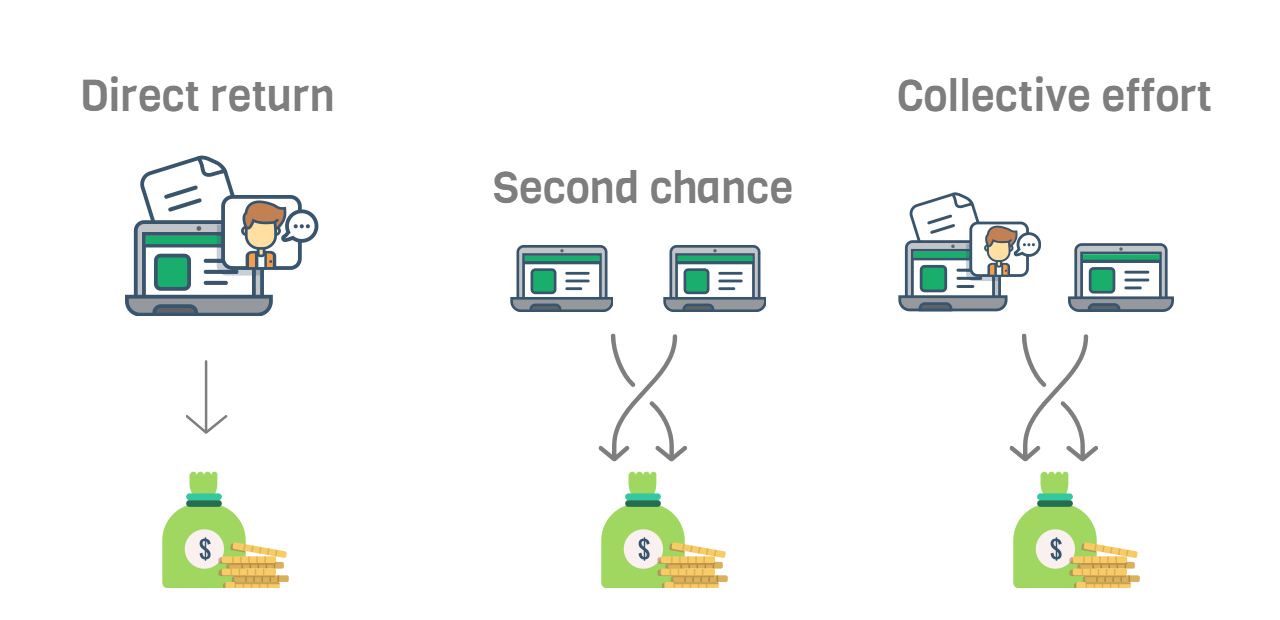Content marketing is a long game. It’s not something that can help you become an overnight success. Sure, there are cases when a single blog post literally spread all over the Web like wildfire, but that isn’t really content marketing. This sort of marketing technique is far more than that. It covers all sorts of different aspect that bulk up your brand awareness, stimulates user engagement, and influences your customers to create more conversions on your site.
Even though this is something that every single profitable brand out there desperately wants, people still tend to have problems with making their content really work for them.
Content marketing requires patience. It takes a lot of time before it starts to bring in fruits of your labor. How come? – Well, because this practice requires continuity. In order to turn your website into a real content hub where people will intuitively come looking for tips and answers on how to improve their business – you need to generate a constant flow of smart and compelling content on your site.
That means that you need you focus on quality and quantity, as well. You cannot just publish a new post once a month and expect from people to come running to your blog. Nope. It doesn’t really work like that. Your job here is to be omnipresent, useful, and above all – relevant.
Naturally, this sort of thing tends to take a lot of time and lot of efforts, and yet again – it doesn’t really guarantee anything. You can set up all sorts of different goals for your content, but the thing is – its influence cannot be put in real and precise numbers. Most businesses really don’t like that. They believe that time is money, and every single second that is spent on something that isn’t really increasing sales is a valuable second wasted of their company time.
Thanks to that, a lot of marketers are still facing extreme difficulties while pitching content marketing to some of their clients. Even though most businessmen get that this sort of marketing is important for their brand, thanks to content marketing’s unclear accountability and revenue generation – most decision makers tend to look at this technique as something that isn’t really a top priority for them.
You and me both know that this a terrible way to look at content marketing.
Why Should Anyone Invest In Content Marketing If Doesn’t Guarantee Precise ROI?
Despite the fact that almost every business out there is going all out in this department as well, and it’s becoming more and difficult to get your desired audiences to acknowledge and read your material – the demand for creating new and curating old content is still exponentially growing online.
How come? – Well, because today shopper’s decisions are dependent on information they find online. They’re in constant need of more and more material that helps them understand which products are a good fit for their particular needs and which are not.
It doesn’t really matter if they’re looking for a tv, a new cell phone, clothes, some sort of a digital tool, or even a type of pastry – people turn to the Web for answers. They start browsing through thousands and thousands of search results, looking for best solutions for their questions.
This is where content marketing comes to shine. When you really strip it down to its core, Google is nothing more than an algorithm that finds the best answers to people’s queries. If we don’t continue to create answers that feed this engine with valuable information, that it later on distributes to those who are in need of solutions – then people will stop using the Internet. It will stop being valuable to them.
Like I already said dozens of times on this blog – if you want to sell something to people, you need to make sure that they understand what exactly are you offering to them, how it works, and why should they even consider paying for your products and services.
Nine out of ten people won’t buy something just because it looks pretty. No, they need much more from you and your business. They need to be charmed and impressed. They need to clearly see how a certain product or services will influence their life for the better.
We live in a time and age where every single business entity is obligated to invest in marketing. But, unlike our grandfathers, we cannot solely get by producing generic ads and posters that ask people to visit our store or buy something from us. Nope. Those days are long gone, my friend. Today, your marketing needs to be smart, sharp, and subtle.
You cannot just aggressively stalk people around the Web and force your message down their throats until they finally cave and buy something from you. No. You have to be smarter than that. The only marketing that really works today is the one that subtly feeds its targeted crowd with information that influences their judgment.
People don’t want to lose control. That’s why you need to develop an approach that lets them see the value of your work and come up with the decision to give your business a go on their own terms of course.
That’s why it’s important that we, as individuals who are dependent on information, look at content marketing as something that is of crucial importance for our brand, and not just a luxury.
But Where’s The Money? How to Measure Success?
Even though content marketing is a long game and it tends to affect your brand on all sorts of different levels that are not really that easy to single out, in a way, some aspects of it still can be precisely measured, and thus – used to determine if your efforts are successful or not in this department.
If you set up your analytics right and learn how to read your data, you can clearly see and judge the performance of your content assets. You can identify your best-performing campaigns from a revenue perspective and you can even single out which post stimulated which sale or conversion.
It doesn’t really matter if you focus on landing pages, emails, images, blog posts, or videos – the influence of every type of content can be tracked and measured to the very last click or cent. Content marketing is nothing without data. It’s what help us see what’s working, what’s not, and what we need to tweak in our approach in order to improve our conversion rates.
But, in order to track the success of your content, you must first sync with your sales funnel. You must create all types of different content that influence your site visitors in every stage of your buyer’s cycle. Next to that, you must make sure that every single one your content pieces is backed by intelligent CTAs that offer your targeted users a chance to make organically go for the conversion after or during a certain exposure to your content.
When calculating the ROI of my content marketing efforts, I usually take three different stages into consideration:
Direct return: Where the complete credit to a certain sale goes to a particular piece of content or campaign.
Second chance: Where the credit to certain sale goes to more than one piece of content or campaign.
Collective effort: Where the credit for a certain sale is evenly spread among the various type of content throughout my sales funnel
Why do I keep track of such things? – Well, because following up on metrics like which post is converting best, which topics and types of content spark the most engagement, which one is generating the biggest number of clicks, time spent per post, etc. – I drawing a clear picture for myself and my employers what we need to do in order to grow our ROI in this department even more.
I hope this post helped you understand your content marketing efforts and how to look for ROI that you can use to encourage your employees to keep on investing in content marketing.
That’s it for now. If you have anything to ask or add – feel free to write your thoughts in the comments section below!
The author is highly qualified and writes blog posts weekly.







